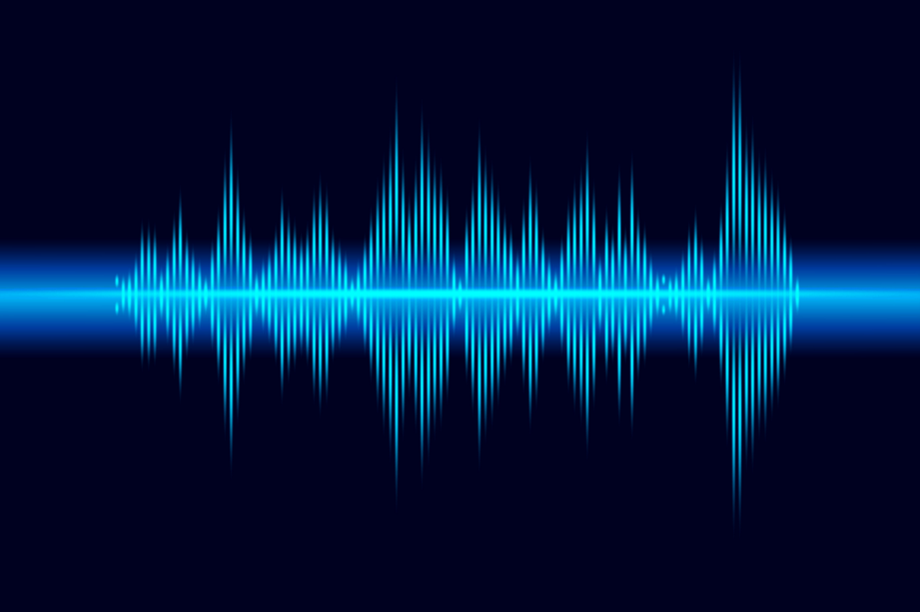Traditional laser vibrometry is based on coherent detection where the signal of interest is a phase modulation of a carrier. Since the phase change is typically a small fraction of a wave, its amplitude is much lower than the carrier amplitude and as a result system performance is limited by Carrier-to-Noise (CNR) ratios. Direct detection would be better suited to extracting the smallest signals from background noise and the best single-photon level detectors are Geiger Mode Avalanche Photodiodes (GMAPDs). GMAPDs experience a transient dead time after an event detection rendering them unsuitable for this task.
This invention circumvents the GMAPD deadtime limitation by using an array of GMAPDs in a non-imaging configuration instead of a single element. By using an array, with sufficient number of elements, guarantees there is always at least one element available to detect an incoming photon even if others are in the deadtime zone.
- Allows direct linear detection of weak signals.
- Allows remote measurement of vibration signatures on buildings, vehicles and equipment at ranges more than an order of magnitude greater than previously possible.
- Not limited by low amplitude signals typical of traditional coherent detection.
- Sensitivity is arbitrarily large limited only by the number of GMAPD array elements.
Remote vibration sensing applications in aerospace, defense, automotive, electronics, NDE and the environment.
Current stage of technology development: TRL 2-3
LLNL has patent(s) on this invention.
U.S. Patent No. 11,693,117 Geiger-Mode Laser Vibrometry Methods & Systems published 7/4/2023


